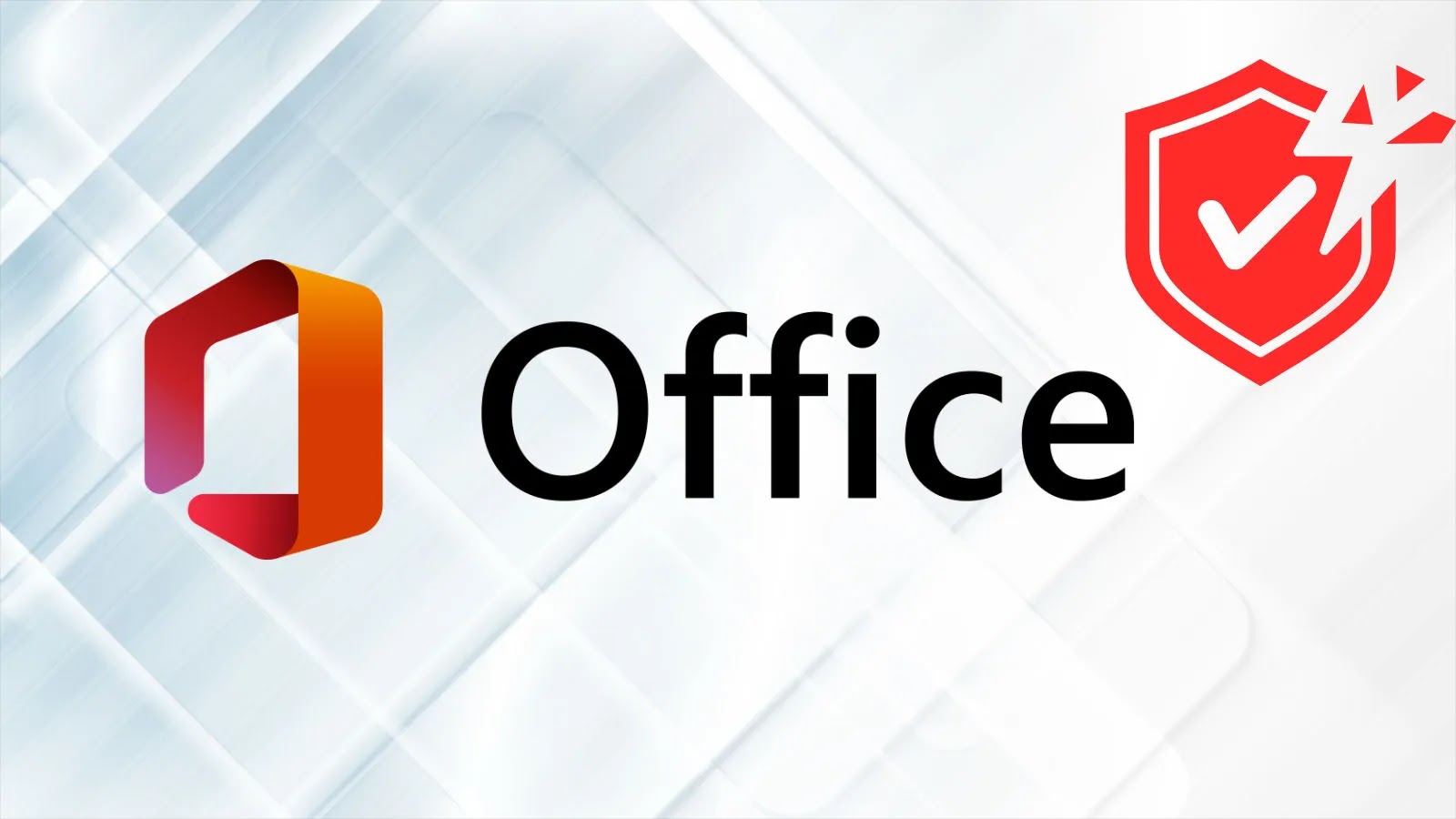
Critical Microsoft Office Vulnerabilities Let Attackers Execute Malicious Code
The daily proliferation of cyber threats necessitates unwavering vigilance, especially concerning widely used software. Microsoft Office, a ubiquitous productivity suite, frequently becomes a prime target for malicious actors due to its expansive user base and integration into critical business operations. Recent disclosures by Microsoft highlight the persistent need for organizations and individuals to remain proactive in their security posture.
Understanding the Critical Microsoft Office Vulnerabilities
Microsoft has recently addressed two significant vulnerabilities within its Office suite, categorized as critical due to their potential impact. These flaws, tracked as CVE-2025-54910 and CVE-2025-54906, were disclosed on September 9, 2025. Both vulnerabilities enable attackers to execute arbitrary malicious code on affected systems, posing a severe risk to data integrity and system control. While Microsoft has assessed the likelihood of exploitation for these specific flaws as “less likely,” this assessment should not diminish the urgency of applying the necessary patches. The potential for remote code execution (RCE) remains a grave concern for any organization.
Impact and Scope of Affected Versions
The vulnerabilities impact various versions of Microsoft Office. The precise scope of affected versions often includes a broad range, from older perpetual licenses to newer subscription-based iterations, emphasizing the need for comprehensive patching across an enterprise. Successful exploitation of these vulnerabilities could grant an attacker the ability to:
- Install programs.
- View, change, or delete data.
- Create new accounts with full user rights.
Such capabilities could lead to widespread data breaches, ransomware attacks, or the establishment of persistent access within a compromised network. Even if direct exploitation is deemed “less likely” by the vendor, the existence of such flaws underscores an entry vector that sophisticated threat actors could potentially leverage in complex attack chains.
Remediation Actions and Best Practices
Immediate action is imperative to mitigate the risks associated with CVE-2025-54910 and CVE-2025-54906. Organizations and individual users must prioritize the deployment of the provided security updates. Microsoft releases patches through its regular update channels, making the process straightforward for managed environments.
Immediate Steps:
- Apply Security Updates: Ensure all instances of Microsoft Office are updated to the latest patched versions. This should be a top priority for IT administrators.
- Enable Automatic Updates: Configure systems to automatically download and install security updates to ensure timely protection against newly discovered vulnerabilities.
- Implement Least Privilege: Restrict user permissions to the absolute minimum required for their roles. This limits the potential damage an attacker can inflict even if a system is compromised.
- Network Segmentation: Isolate critical systems and data where possible. This can help contain the spread of an attack should a compromise occur.
- Educate Users: Conduct regular security awareness training emphasizing the dangers of opening suspicious attachments or clicking malicious links, often methods used to deliver exploits for such vulnerabilities.
- Robust Endpoint Detection and Response (EDR): Deploy and monitor EDR solutions to detect and respond to unusual activity that might indicate an attempted exploitation.
Tools for Detection and Mitigation
While direct patching is the most effective solution, various tools can aid in detection, vulnerability management, and overall security posture enhancement.
| Tool Name | Purpose | Link |
|---|---|---|
| Microsoft Endpoint Configuration Manager (MECM) / Intune | Centralized patch deployment and management for Microsoft environments. | MECM/Intune |
| Vulnerability Scanners (e.g., Tenable Nessus, Qualys, Rapid7 InsightVM) | Automated scanning for known vulnerabilities across the network. | Tenable Nessus |
| Endpoint Detection and Response (EDR) Solutions | Detect and investigate suspicious activities on endpoints, including exploit attempts. | (Varies by vendor, e.g., CrowdStrike, SentinelOne) |
| Microsoft Defender for Endpoint | Comprehensive endpoint security platform from Microsoft. | Microsoft Defender for Endpoint |
Maintaining a Proactive Security Posture
The disclosure of CVE-2025-54910 and serves as a reminder that even widely trusted software platforms can harbor critical vulnerabilities. Organizations must commit to a proactive security strategy that includes continuous monitoring, regular vulnerability assessments, and prompt patch management. Prioritizing these actions helps safeguard against the evolving threat landscape and minimize the potential impact of future security incidents.





